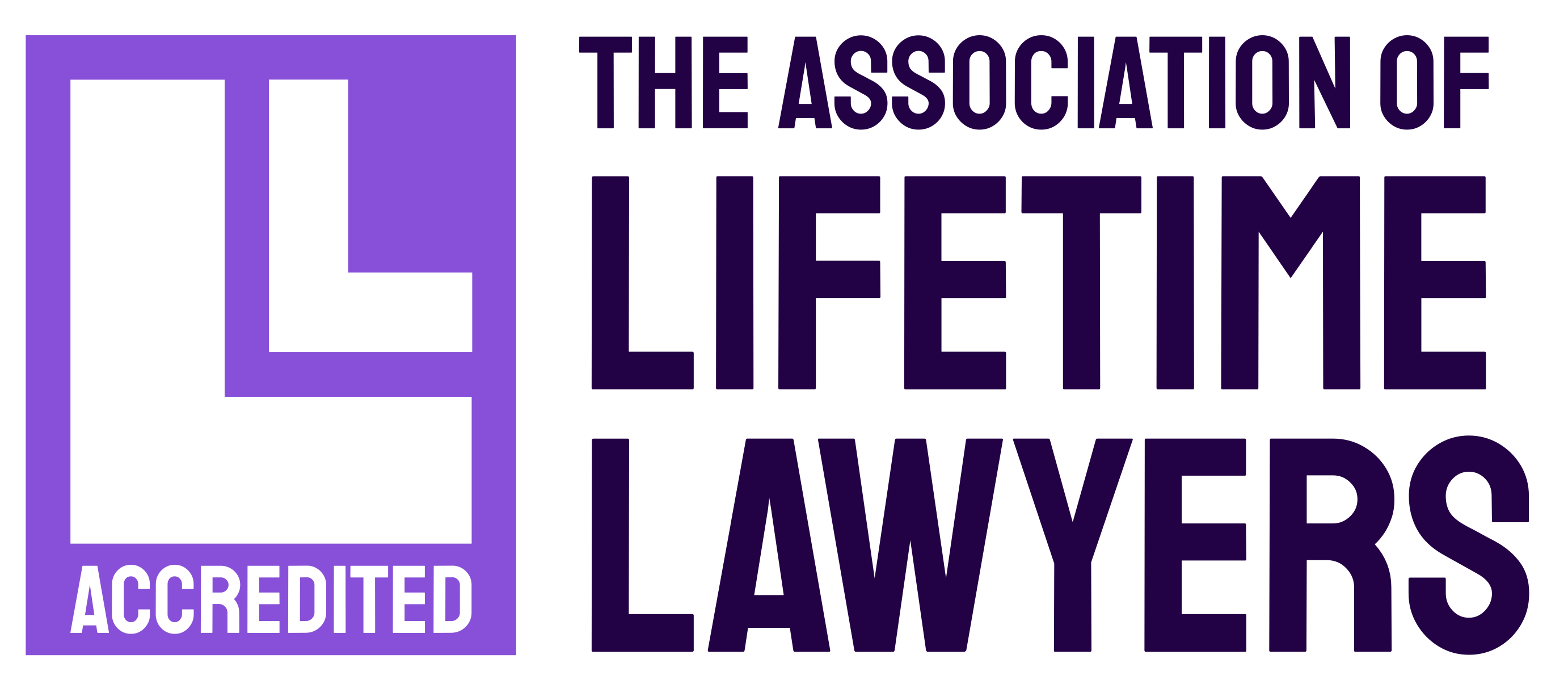News & insights
The myths of shared ownership
23rd August 2019

Shared ownership is becoming a popular method for fledgling homeowners to get on the property ladder, particularly when schemes such as the first-time buyer ISA are coming to an end. However, there are some common misconceptions around it, which can scare people off.
Shared ownership allows a buyer to partially rent and buy a property, making it more affordable at the outset. The buyer splits their ownership with a housing association by buying a stake in the property, typically purchasing a share of between 25% and 75% and paying rent on the amount belonging to the housing association.
Due to the flexibility of the scheme, shared ownership customers can build a package to suit their finances, getting the benefit of needing a smaller deposit, more affordable payments, and the option to make changes as their personal circumstances change in the future.
Many people are concerned that entering into a shared ownership arrangement will mean they will never fully own the property; however, this is not the case. Housing associations almost always offer a ‘staircasing’ approach to shared ownership, meaning the buyer can build up the shares they own in a property bit by bit in an affordable way, with a view to fully owning the property in the future. However, if finances don’t allow the buyer to purchase further shares, they can continue to pay mortgage and rent on their original deal. It is an incredibly flexible scheme.
Another worry potential customers have is that they’ll be stuck with the property forever, even if they want to scale up or downsize, because the house isn’t theirs to sell. Again, this is a myth, as shares can be sold on, and often this can be supported by the housing association. As part-owner of the property, the housing association should be informed of any plans to sell. There is a procedure to follow and usually the Housing Association will want first refusal. If the owner has already purchased 100% of the property, they can just sell it as normal, without involving the housing association.
I spoke to Claire Kitching, sales manager at Thirteen, who said: “One of the greatest hurdles to people considering shared-ownership, is awareness. So many would-be home owners simply don’t know that the option is available to them and that, although in their current financial circumstance they may not be in a position to take on a full mortgage, shared-ownership provides a flexible alternative, which helps to get people on the property ladder.
“Many people have already moved into their new homes and are delighted with both the scheme and support they’ve received to get on the property ladder.”
By Martin Williamson, Head of Residential Property at Latimer Hinks Solicitors
Please note: This article is intended as guidance only. No responsibility for loss occasioned/costs arising as a result of any act/failure to act on the basis of this article can be accepted by Latimer Hinks. In addition, no responsibility for loss occasioned/costs arising as a result of any act/failure to act on the basis of this article can be accepted by the firm.

Martin Williamson




